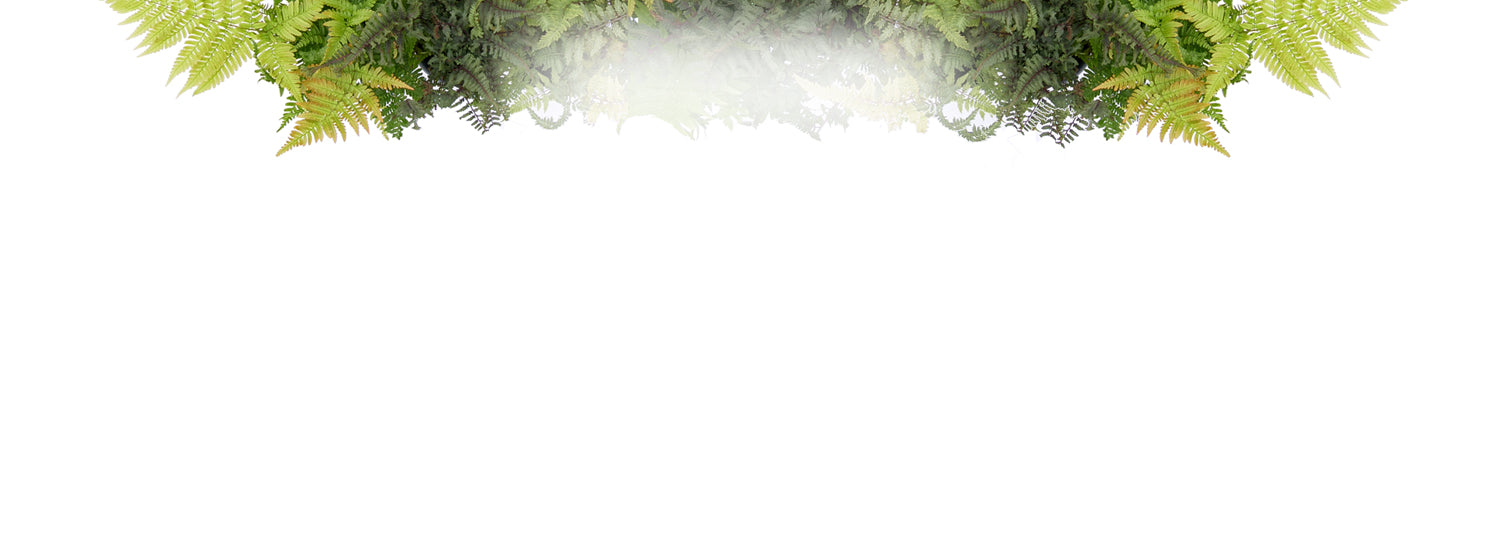Description
Plant spacing is based on the ultimate width of the plants. This figure is normally given as a range; for example, 3-5’. If you live in a cold climate and/or want plants to fill in more quickly, plan to space at the shorter end of the range. If you live in a warm climate, are on a limited budget, or are willing to wait longer for plants to touch, use the higher end of the range. Using the larger number is recommended when calculating distance from a building or structure. There’s really no such thing as "maximum spacing": if you don’t want your plants to touch, you can space them as far apart as you’d like. All plant spacing is calculated on center, or in other words, the centers of the plants are spaced one half of their eventual width apart:

Unless you are planting in a straight line, as you might for hedges or edging, space your plants in a staggered or zig-zag pattern for a more interesting and naturalistic look:

Hand-picked at our greenhouse
Shipped to your door
Arrives as young plant
Bursting with color and thriving with ease, daylilies are a gardener's dream! Known for their resilience and adaptability, daylilies thrive in various soil types. Here, we’ll show you how to grow and care for daylily flowers and answer your frequently asked questions.
very nice plants,arrived in great shape
Of course, only one clump/fan of daylily will fit in a quart pot. So, it’s going to be awhile until it puts on some size and blooms. I bought a different Rainbow Rhythm daylily last year and the flowers were magnificent. So, I thought I would try this one as well. I’ve transplanted the plant into a 1 gallon to grow on and plant in the spring time. So, I’m waiting and hoping that it will perform well and thrive.



